“What’s in a name? That which we call a rose by any other name would smell as sweet;”
– William Shakespeare.
Blanc, Rouge and Rosé
I wonder if there is an interesting story about why rosé wine managed to retained its French spelling and pronunciation in the English language, much like repertoire and rendezvous; while it is perfectly fine to ask for red and white wines in english, I have often been met with pauses whenever I ask about pink wines. Rosé (pronounced “roh-zay”) means pink in French.
The most common misconception among casual wine is perhaps white or green grapes give white wines, and red or black grapes give red wines. While that is mostly true, the short explanation for the difference between red, white or rosé wine is actually the length of time, if any, that the skins of the grapes have in contact with the grape juice during the fermentation period. Hence, to get a white wine from dark-coloured grapes, the grape skins are simply discarded without the pigment being extracted into the grape juice.
For example, champagne is actually made with Pinot Noir, a dark-coloured grape. For rosé wines, the pinkish hue comes from a short infusion for the dark-coloured grape skins to remain in the grape juice before they are removed.
Maison Saint Aix
Located in the beautiful Provence region in southern France, where renowned rosé wines are produced, Maison of Saint Aix produces a rosé from a classic blend of Grenache, Cinsault and Syrah. Cradled by the Sainte Victoire mountains, 72 hectares of vineyards of Saint Aix are exposed to the northern mistral winds help protect the grapes from parasites, and the sandy clay-limestone soil is mineral rich and contributes to fruit intensity.
The best vintage yet
Unlike white or red wines, rosé wines are best consumed quickly after bottling to enjoy the freshness and fruitiness in their character. With a combination of abundant sunshine, cooler evenings and optimal rainfall in 2015, the vineyards of house Saint Aix produced a harvest of perfectly ripened grapes that all winemakers yearn for. The alluring soft pink Aix rosé of 2015 hides a deliciously rounded and soft wine, with rich fruity depths and a lingering finish.
The owner and founder of Maison of Saint Aix, Sake Weima is trying to change the perception of rosé — that it too is a serious wine deserving of more attention. While more commonly consumed as an aperitif or starter, I had the fortune to pair the rosé wine with a six-course lunch created by Chef Douglas Tay of Osia Bar & Restaurant for the wine launch occasion. While not the best combination for all the dishes, the crisp fruitiness of the wine worked especially well with the briny minerality of poached Fine De Claire oyster.
The extent of how serious Maison Saint Aix is in taking its rosé is reflected in the creation of a glass for Saint Aix rosé. Maison of Saint Aix worked with Reidel, one of the best wine glassware makers, to create a specific glass for rosé wines, poring over 60 different glasses to select the best design. Weima explained that until now, there had not been a wine glass dedicated to rosé wines, which have had to share tasting glasses with other wine types.

Maison Saint Aix collaborated with Reidel to create the Vinum Extreme Rosé glass. Photo courtesy of The Straits Wine Company.
Aftertaste
With its refreshing fruitiness and when served at its optimal temperatures of between eight to 12 degree Celsius, the Saint Aix rosé would quench the thirst of anyone trying to escape the stuffy weather in Singapore and the region. If a standard 750ml bottle (S$49.30) is not enough for thirst quenching, Maison Saint Aix has four larger bottle sizes: a 1.5-litre Magnum (S$89.30), a 3-litre Double Magnum (S$198), 6-litre Imperial (S$525), and an arm-busting 15-litre Nebuchadnezzar (S$1702)! No one should worry about making an impression with these bottle-sizes; just pick the largest one that would fit in the vehicle.
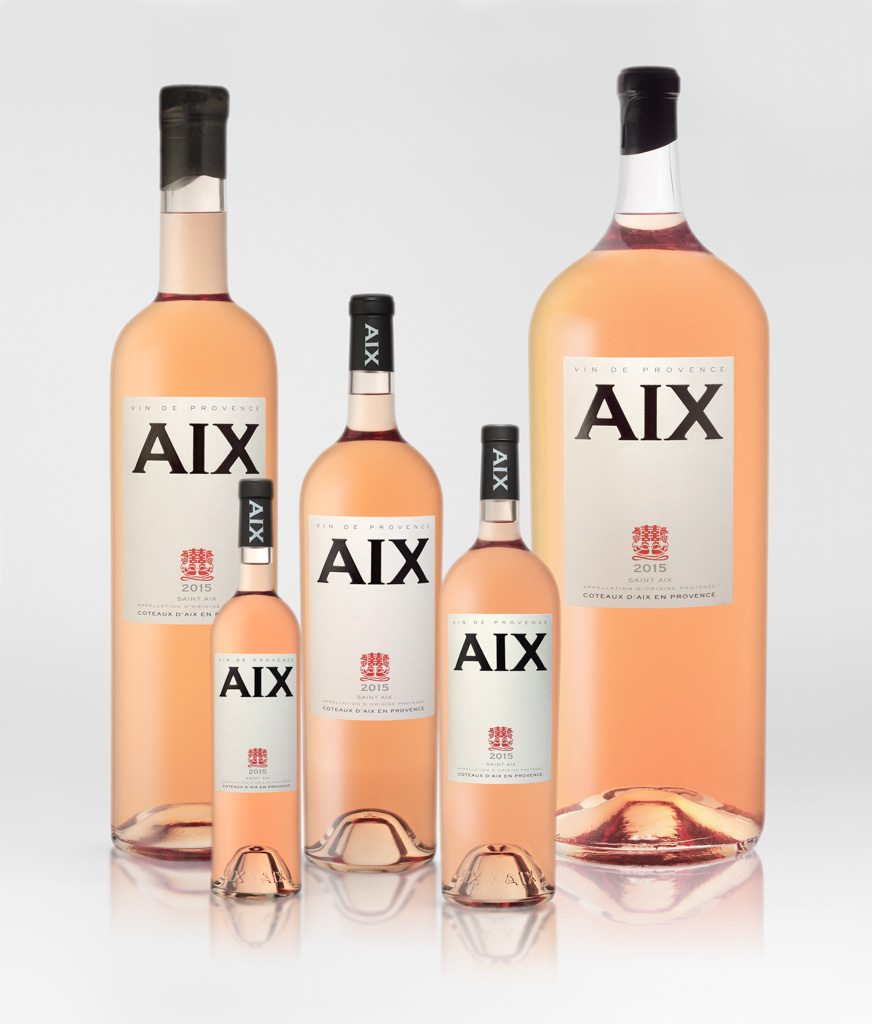
Five different bottle sizes of Aix Rosé 2015. Ranging from the standard 750ml to the impressive 15L Nebuchadnezzar! Photo courtesy of The Straits Wine Company.
Saint AIX Rosé 2015 is now available at The Straits Wine Company outlets. For the Imperial and Nebuchadnezzar sizes, customers are required to pre-order two months in advance.

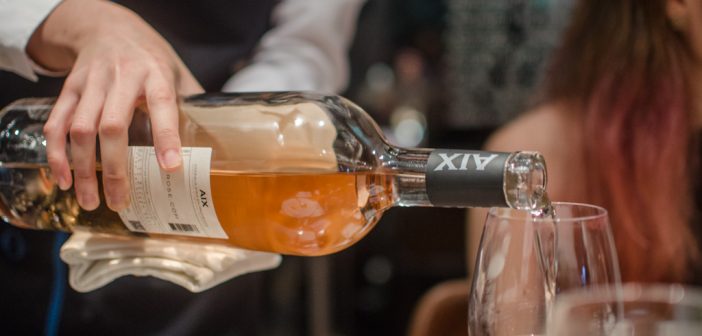

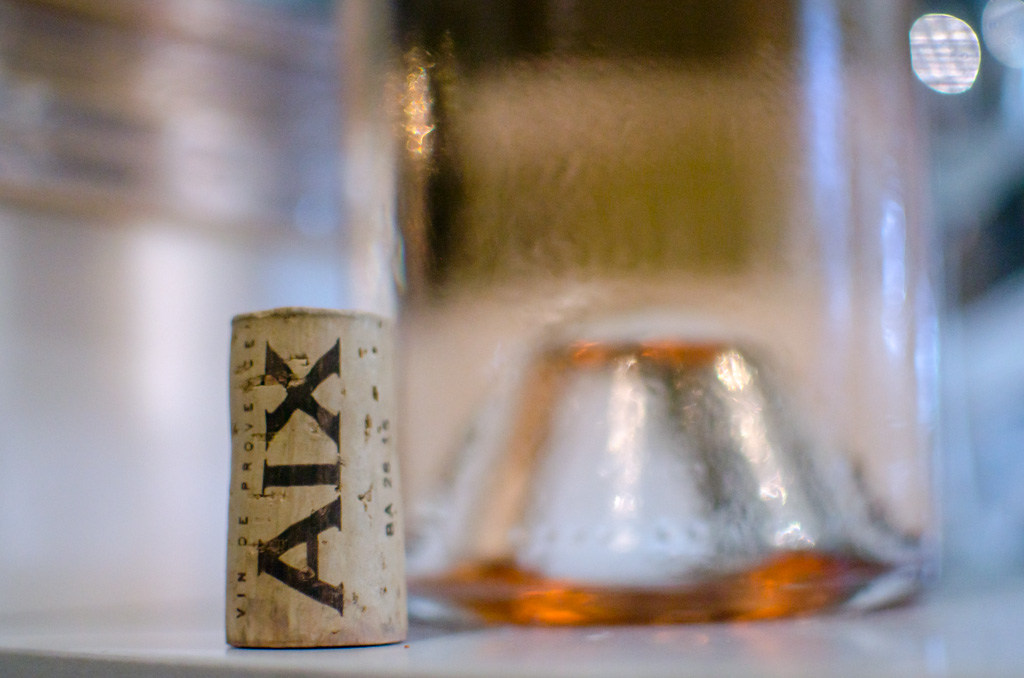
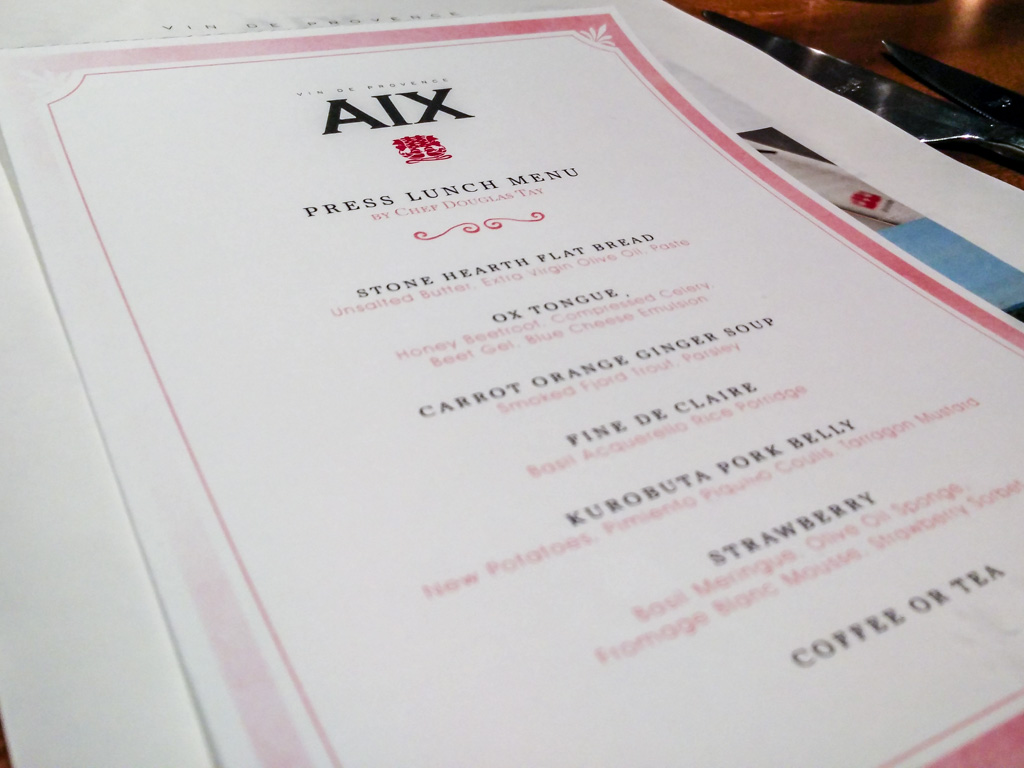
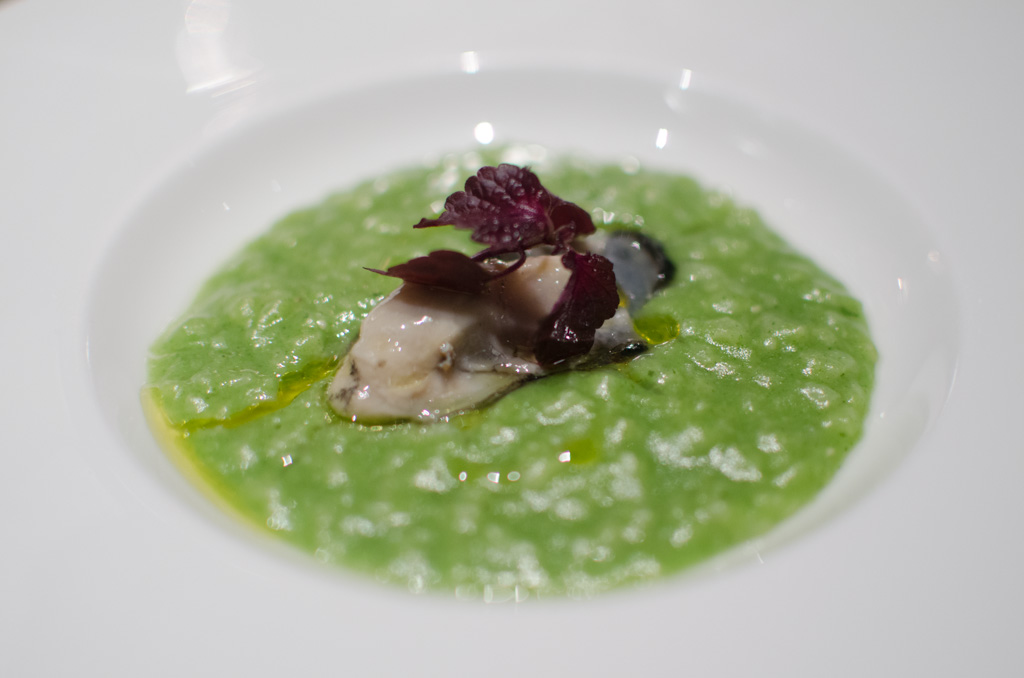


![[REVIEW] 1-Group Switches Out Au Balcon for il Giardino at the Singapore Botanic Gardens](https://asia361.com/wp-content/uploads/2025/07/IMG_2036-214x140.jpg)
